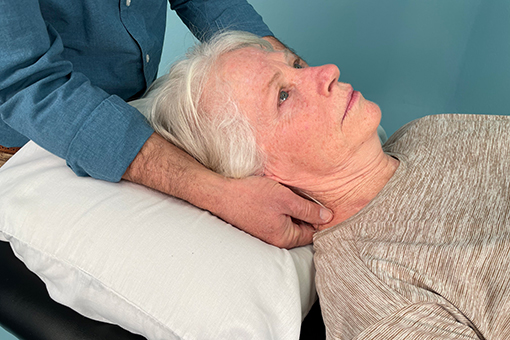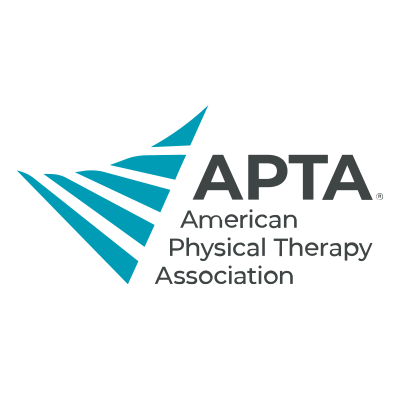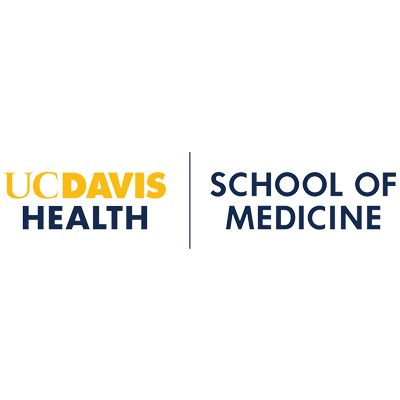Upper Quadrant with Focus on the Spine
The goal of this course is to improve the clinician’s confidence, ease of practice, effectiveness and sense of professional fulfillment in the treatment of axial upper quadrant dysfunction.
Course Description
The Upper Quadrant with Focus on the Spine course covers the evaluation and treatment of head, TMJ, cervical, thoracic and shoulder/shoulder girdle dysfunctions outpatient orthopedic physical therapists commonly encounter. The course will focus on enhancing clinical insight and honing critical observation, palpation, movement testing and treatment skills. Participants will learn to streamline the evaluation process and quickly devise effective interventions based on clinical presentations.
After completing this four day course, clinicians will better understand the interplay between the fascial, lymphatic, nervous, musculoskeletal and neuromotor systems and be able to proficiently interface with upper quadrant patients regardless of diagnosis, body region or comorbidities.
This course yields 32 California and Nevada approved continuing education units.
By the end of the course, engaged participants should be capable of:
- Handling patient treatment with ease and confidence despite the constraints or obstacles clinicians may encounter in an outpatient setting
- Discussing the clinically relevant structure, function and interplay between the fascial, lymphatic, nervous, musculoskeletal and neuromotor systems that create patient’s upper quadrant clinical presentations
- Quickly screening key indicators for the type and magnitude of upper quadrant dysfunction present
- Performing a detailed clinical examination to determine the specifics of each upper quadrant patient’s unique head, TMJ, cervical, thoracic, shoulder girdle or shoulder presentation
- Producing safe and effective interventions for the most common types of axial upper quadrant clinical presentations regardless of diagnosis, body region or comorbidities
- Understanding the foundational knowledge and skills necessary to facilitate progression towards clinical expertise as the clinician matures in the profession
The course consists of lecture, discussion and practicum of the following:
- Pertinent anatomy and interplay between the fascial, lymphatic, nervous, musculoskeletal and neuromotor systems necessary to understand efficient evaluation and treatment of head, TMJ, cervical, thoracic, shoulder girdle, and shoulder complex patients based on type of presentation
- A quick screening evaluation which either leads to early effective intervention or guides subsequent in-depth investigation prior to initiating treatment for axial upper quadrant patients
- Honing the critical observation, palpation and movement testing skills required to detect and interpret the pertinent clinical findings necessary to devise effective treatment strategies
- The skillful application of treatment variables required to produce superior outcomes in orthopedic physical therapy practice
- Instructions in devising, implementing and progressing the most effective interventions for the most common presentations encountered in an orthopedic outpatient physical therapy clinic regardless of diagnosis, body region or comorbidities
Course Information
The following course information has been made downloadable:

Course Resources
Primary Course Resource:
- McGonigle, Tim. 2020. Manual Therapy For Upper Quadrant Pathology – Provided with the course
Additional Supportive Resources
- Butler, David, Moseley, Lorimer. 2003. Explain Pain. Adelaide, Noigroup Publication.
- Evjenth, Olaf and Hamberg, Jern. 1984. Muscle Stretching in Manual Therapy. The Spinal Column and the Tempro-Mandibular Joint. Alfta: Alfta Rehab Forlag.
- Evjenth, Olaf and Hamberg, Jern. 1984. Muscle Stretching in Manual Therapy. The Extremities. Alfta: Alfta Rehab Forlag.
- Evjenth, Olaf and Gloeck, Christian. 1997. The Symptom Localization in the Spine and the Extremities. Oslo.
- Foldi M, Foldi E, Strobenreuther C, Kubik S. 2012. Textbook of Lymphology: for Physicians and Lymphedema Therapists. Elsevier.
- Kaltenborn, Freddy M. 2019. Manual Mobilization of the Joints. Volume 1. The Extremities. 8th ed. Translated by Dennis Morgan and Eileen Vollowitz. Oslo: Olaf Norlis Bokhandel.
- Kaltenborn, Freddy M. 2018. Manual Mobilization of the Joints. Volume II. The Spine. 7th ed. Translated by Dennis Morgan and Eileen Vollowitz .Oslo: Olaf Norlis Bokhandel.
- Krauss, John, Evjenth Olaf, Creighton, Doug. 2006. Translatoric Spinal Manipulation for Physical Therapists. Michigan: A Lakeview Media L.L.C. Publication
- McGonigle, Tim. 2020. Enhancing Clinical Proficiency
- McGonigle, Tim. 2017. The Primer Of Orthopedic Manual Physical Therapy
- Stecco, Carla. 2015. Functional Atlas of the Human Fascial System. New York: Churchill Livingstone.
- Tricas JM, Hidalgo C, et al. 2015. Myofascial Mobilization and Self-Mobilization in OMT. Vol. 1: Extremities. 1st ed. in English. OMT-Espana. www.omtspain.es
Request an Appointment
Please indicate your preferred therapist, if any, and someone from our appointment desk will get back to you. If you would like to call to book your appointment, our number is (916) 355-8500.






